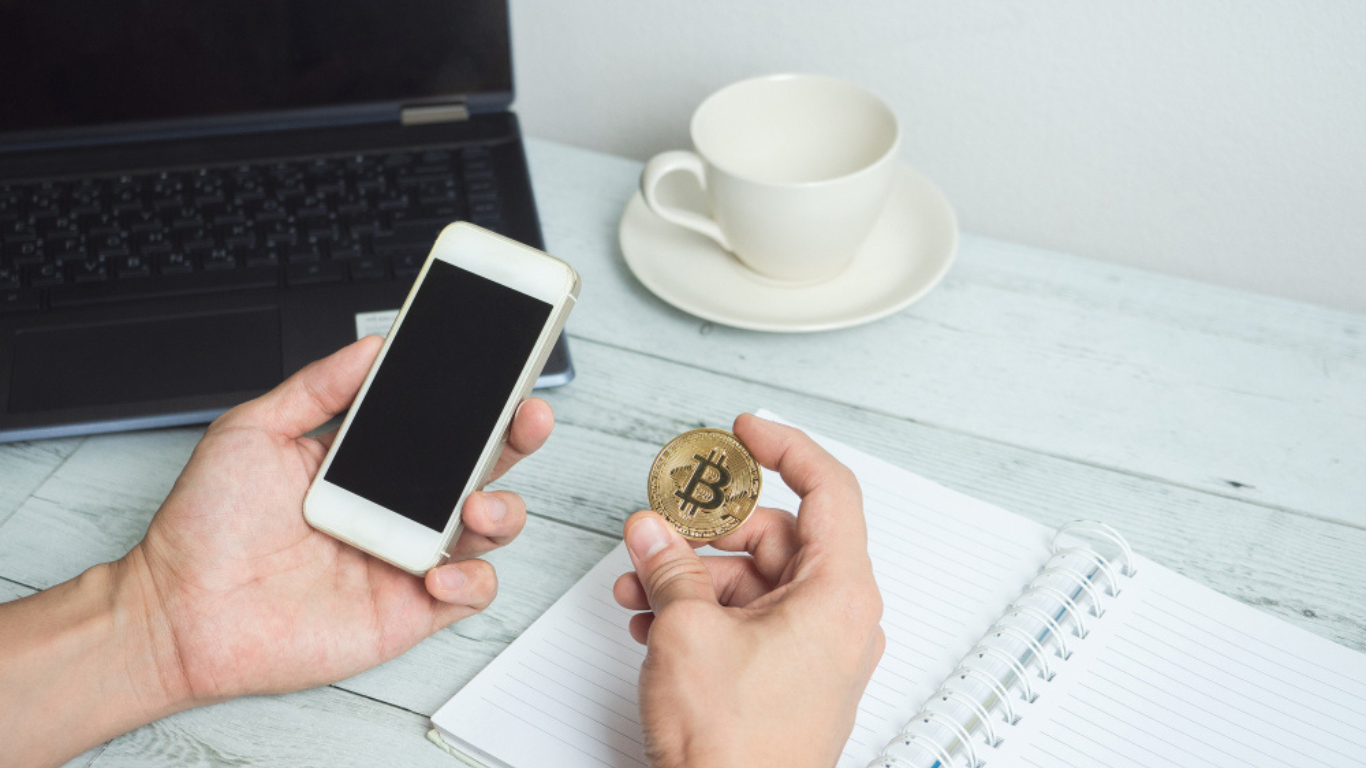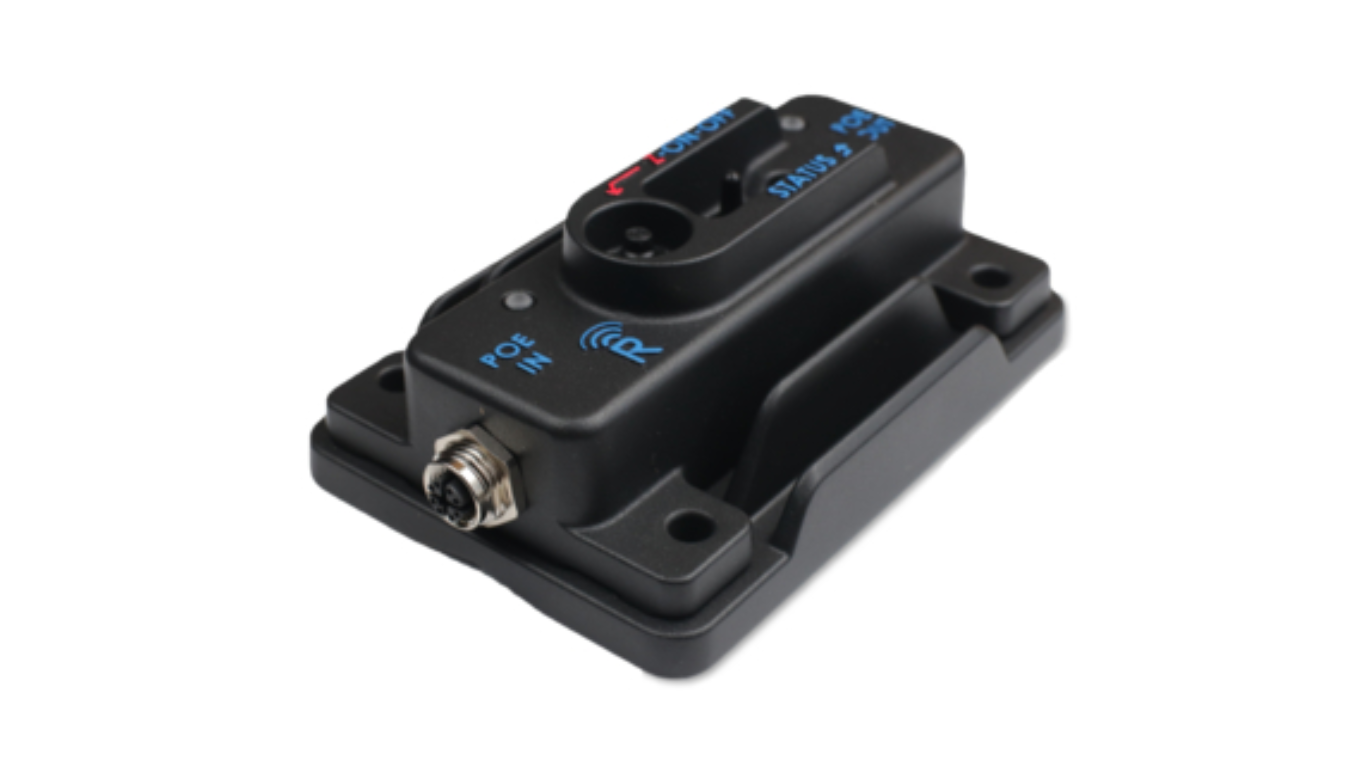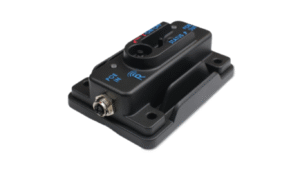Cryptocurrency adoption continues to grow in 2025, with more individuals and institutions participating in the digital asset economy than ever before. From Bitcoin to emerging altcoins, crypto represents both an investment opportunity and a means of conducting global transactions with speed and privacy. However, as interest increases, so does the risk of fraud, scams, and technical missteps.
Whether you’re a first-time buyer or an experienced investor, understanding how to buy crypto safely in 2025 is critical to protecting your funds and maintaining control over your assets. This guide will walk you through best practices, updated tools, and common mistakes to avoid when purchasing crypto this year.
1. Understand the Evolving Threat Landscape
The most significant risks in crypto today stem from social engineering scams, phishing attacks, and fake platforms. In 2025, scammers have become increasingly sophisticated, often impersonating reputable services, using AI-generated identities, and exploiting Telegram and Discord communities.
Before you even think about buying, familiarize yourself with these red flags:
- Unsolicited messages about giveaways or investment opportunities
- Fake “customer support” reaching out on social media
- Pressure to act urgently or transfer funds quickly
- Too-good-to-be-true offers or guaranteed returns
Always assume anyone reaching out about crypto unsolicited is a potential scammer.
2. Choose a Reputable Platform
If you’re buying crypto for the first time, your choice of exchange or platform will heavily influence your experience and safety.
In 2025, look for platforms that offer:
- Regulatory compliance: Ensure the exchange is registered with FinCEN (U.S.) or equivalent authorities in your jurisdiction.
- Strong security practices: Two-factor authentication (2FA), biometric login, cold storage for user funds, and regular audits.
- Transparent leadership and support: Avoid anonymous or new exchanges with limited information about their team.
Recommended Types of Platforms:
- Centralized exchanges (CEXs): Coinbase, Kraken, and Bitstamp remain popular for their ease of use and fiat on-ramps.
- Decentralized exchanges (DEXs): Uniswap and 1inch allow for trading without custodial risk, but come with more complexity and zero customer support.
- Peer-to-peer marketplaces: Platforms like LocalBitcoins have largely been replaced by more secure in-person transaction services (discussed below).
3. Use Cold Wallets for Long-Term Storage
Leaving crypto on an exchange is never recommended for long-term holdings. While many platforms boast secure storage, they remain targets for hackers, and there’s always the risk of withdrawal freezes or insolvency (as seen in past collapses like FTX).
Your Options in 2025:
- Hardware wallets: Devices like Ledger Nano X or Trezor Model T continue to be best-in-class solutions.
- Air-gapped wallets: These offline computers or devices never connect to the internet, offering maximum security.
- Multisig wallets: Great for institutional or joint ownership, these require multiple keys to authorize transactions.
Regardless of your choice, always back up your seed phrase securely and never store it online or in cloud services.
4. Know Your Transaction Limits and Reporting Requirements
In many countries, crypto purchases above a certain threshold must be reported for tax or anti-money laundering (AML) compliance.
As of 2025:
- In the U.S., the IRS requires reporting on transactions above $10,000.
- EU countries require identity verification for most transactions over €1,000, with enhanced checks for high-value trades.
- Travel Rule compliance now affects many crypto-to-crypto transfers, requiring exchanges to collect sender and recipient information.
Always check your local regulations before completing large transactions.
5. Consider High-Value In-Person Transactions for Privacy and Speed
For individuals and institutions looking to purchase large amounts of Bitcoin discreetly and securely, in-person transactions are gaining traction again in 2025—especially in high-trust, regulated environments.
Unlike online exchanges that require verification and may delay or freeze large transactions, in-person deals provide immediate settlement and often more favorable rates. These transactions are especially common for:
- High-net-worth individuals
- Crypto hedge funds
- OTC (Over-the-Counter) buyers seeking privacy
If you’re considering a high-value in-person Bitcoin transaction, make sure to work with a reputable OTC service that prioritizes security, legal compliance, and transparent processes. These services often conduct the transaction in secure locations such as private offices or banks and may include legal documentation for added protection.
6. Use Privacy Tools Wisely
In 2025, privacy is more than just a preference—it’s a form of digital self-defense. However, using privacy-preserving tools requires care, especially if you’re concerned about drawing regulatory scrutiny.
Here are some safe ways to increase privacy:
- Use a VPN or an encrypted network when accessing crypto sites
- Create a new email address solely for crypto use
- Separate your wallet addresses for each transaction or counterparty
- Use privacy coins like Monero or Zcash only if they’re legal in your country
Note: Attempting to hide the origin of funds through coin mixers or illicit platforms may lead to criminal charges, even if your intent was privacy rather than evasion.
7. Avoid Buying Crypto Through Social Media or Random DMs
This remains one of the most common traps in 2025. If someone reaches out via Instagram, TikTok, Twitter, or Telegram offering to “flip” your crypto or help you invest, it’s a scam.
Never share:
- Screenshots of your wallet
- Wallet addresses
- Recovery phrases
- Personal identification (unless going through proper exchange KYC)
8. Double-Check Smart Contract Addresses and Tokens
For those investing in newer crypto assets or using DEXs like Uniswap, copycat tokens are still a major problem in 2025. Scammers often launch fake tokens with nearly identical names or contract addresses.
Before you buy:
- Verify the token’s contract address on CoinGecko or CoinMarketCap
- Check the token’s official website and social media
- Use tools like Etherscan or blockchain explorers to view transaction history
Avoid any project that doesn’t pass the transparency test.
9. Test Small Before Going Big
If you’re using a new platform or wallet for the first time, always send a small test transaction before committing a larger amount.
This gives you a chance to:
- Verify that you copied the wallet address correctly
- Ensure the platform processes the transaction as expected
- Learn how long confirmation takes under current network conditions
This simple step can save you from costly mistakes, especially on chains where transaction fees are low.
10. Stay Informed Through Trusted Channels
Crypto evolves rapidly. What was safe practice in 2023 may be outdated or even dangerous in 2025. Make it a habit to stay current with:
- Reputable news outlets like CoinDesk, The Block, and Bankless
- Podcasts or newsletters from crypto security experts
- Community forums like r/cryptocurrency and Stack Exchange (with caution)
Also, consider following public updates from exchanges, hardware wallet manufacturers, and watchdog groups.
Final Thoughts
Buying crypto in 2025 can be a safe and empowering experience—if you take the right precautions. Whether you’re purchasing $50 worth of Bitcoin or completing a high-value in-person Bitcoin transaction, the key principles remain the same: use trusted platforms, prioritize custody, stay vigilant, and don’t skip due diligence.
Remember, in crypto, you are your own bank. Take that responsibility seriously—and the benefits will follow.
Article received in the mail






























